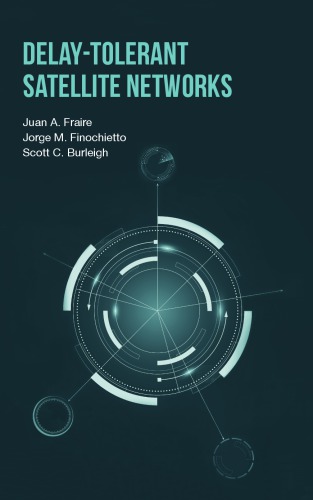

Most ebook files are in PDF format, so you can easily read them using various software such as Foxit Reader or directly on the Google Chrome browser.
Some ebook files are released by publishers in other formats such as .awz, .mobi, .epub, .fb2, etc. You may need to install specific software to read these formats on mobile/PC, such as Calibre.
Please read the tutorial at this link: https://ebookbell.com/faq
We offer FREE conversion to the popular formats you request; however, this may take some time. Therefore, right after payment, please email us, and we will try to provide the service as quickly as possible.
For some exceptional file formats or broken links (if any), please refrain from opening any disputes. Instead, email us first, and we will try to assist within a maximum of 6 hours.
EbookBell Team

4.1
70 reviewsThis cutting-edge resource
provides a comprehensive treatment of applying delay-tolerant networking (DTN)
principles to satellite-based network communications. Detailed models and
analytical tools are used to evaluate performance and provide guidance in the
field. This book presents the state-of-the-art in existing on-board and ground
technologies that support satellite applications, such as communications
protocols, algorithms, and security procedures. Readers gain key insight into
the fundamental concepts of DTN applied to satellite networks (DTSNs) and case
studies are provided. This book presents an authoritative introduction to the
methods for computing metrics for satellite network modeling.
Satellite
communications are examined, including satellite links, communication
protocols, and distributed multiple access schemes, such as time division, code
division, and frequency division. This book focuses on ways in which DTN might
make terrestrial communication and observation via earth orbiting satellites
less expensive and more robust. The fundamental concepts and analysis of the
Ring Road Architecture are explored. Unique analyses on the motivating factors
of using Inter-Satellite Links (ISL) to form networks in disruptive
environments in space are discussed. This book explores the limits of larger
and complex DTSNs as the number of satellites increase and different orbital
formations become possible. As satellite networks become larger in upcoming
years this book provides a guide for readers to stay informed about standard
protocols such as DTN that will allow seamless interoperation, cost reduction,
and risk mitigation.